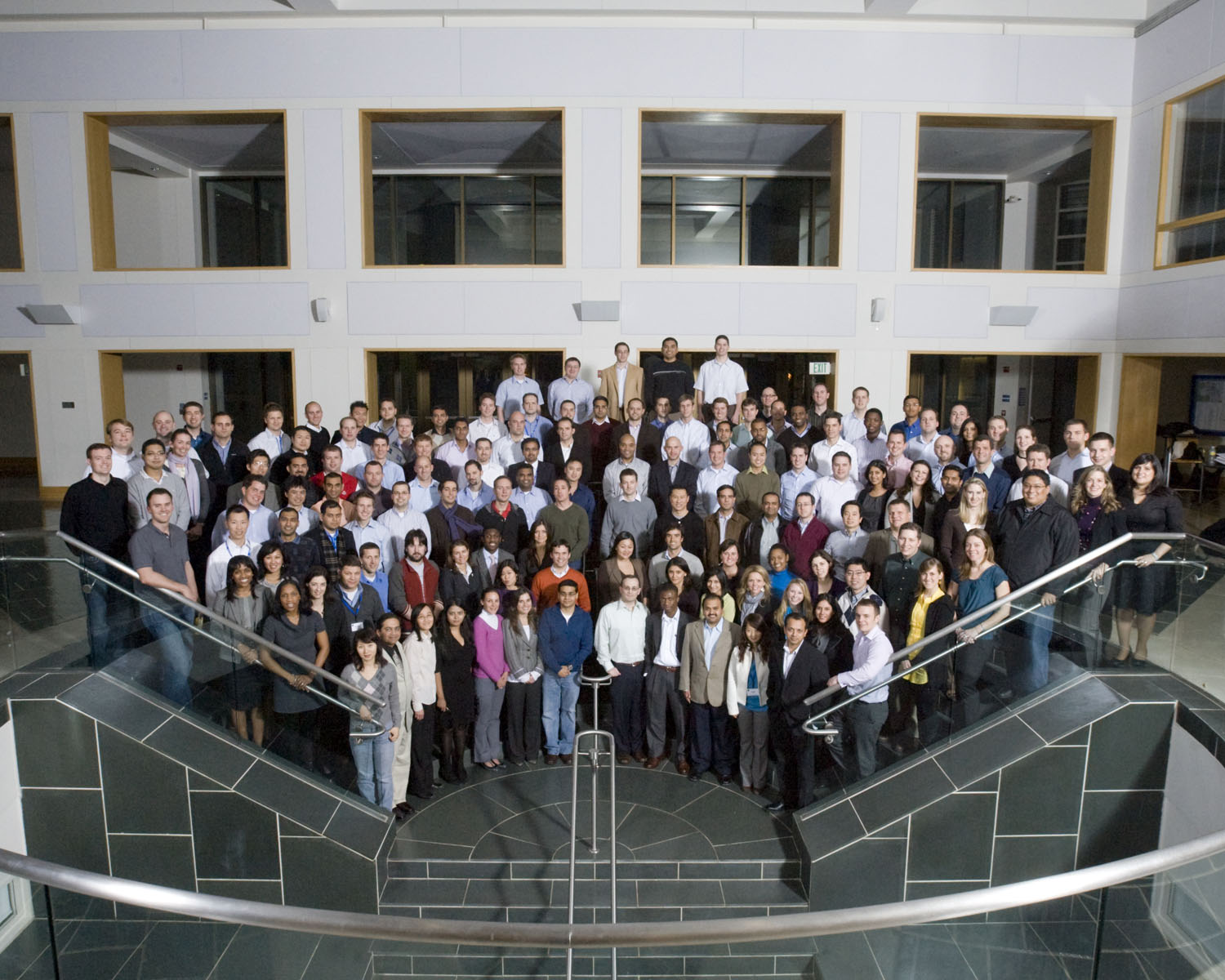Duke Global Executive MBA Student Blog

Stepping Out of My Comfort Zone for an MBA Class

This blog was written prior to the Cross Continent MBA program merger with the Global Executive MBA program.
“Don’t worry Professor, we’re still teaching Laura how to use the calculator, but we’ll make sure she makes it.”
So began the first day of Corporate Finance class during the final term of my Cross Continent MBA experience. Although the professor laughed and assured me he knew I could use a calculator, there was some truth in my teammate’s comment.
I was, in fact, a “marketing person” sitting in a finance elective course taught by Professor John Graham, one of the world’s leading finance scholars. At no time in my professional career had I needed to worry about discount rates, cash flows, or when companies should consider the benefits of bankruptcy. In fact, in my work we mostly used Excel to organize text, and certainly not to calculate anything more sophisticated than a sum total or average.
Why in the world was I sitting in Corporate Finance during my final term, and not in an MBA class closer to my own comfort zone?
Well why not? From the beginning, the idea of going to business school was a bit beyond my comfort zone. Full disclosure: I even worked at Fuqua at the time, and although accounting, operations and finance were things I often wrote about in my work, I had never had much interest in knowing how to actually do them.
And then opportunity struck, in the form of a manager who had graduated from Fuqua’s Daytime MBA program and who gave me the push and support to get started on my MBA journey.
From the first week of Financial Accounting with Professor Katherine Schipper, through the end of my Cross Continent experience, I found myself truly interested and intellectually engaged in material I’d spent my whole life avoiding. What a difference it made to be looking at, and working with, numbers that told a story.
I learned to appreciate numbers in a financial statement that, if read correctly, hinted at things going really well, or terribly wrong, for a company. Formulas helped us analyze business cases to make smart recommendations and decisions about product mixes, manufacturing and logistics, pricing, debt and bankruptcy. And decision models allowed us to grapple with uncertainty and make sense of complex problems.
Let’s be clear, I did not set the quant world on fire, and I won’t be interviewing for CFO jobs any time soon. But not long after graduation I took a new position at the university in which I regularly work with the university’s leadership team, and am part of conversations that—believe it or not—include financial modeling, 10-year projections and risk management. Conversations that once would have left me running for the hills are now commonplace, and I’m able to provide valuable contributions to the effort.
As I registered for that final term of electives, I didn’t know what path my career would take next. I signed up for Corporate Finance because I thought I might not have another chance to take a course like that, I knew the professor was outstanding, and I had a great team I could count on to help me through the challenging parts. Looking back five years later, pushing myself beyond my comfort zone when we were so close to the finish line was definitely the right call to make. Even if they did have to teach me how to use the calculator.



